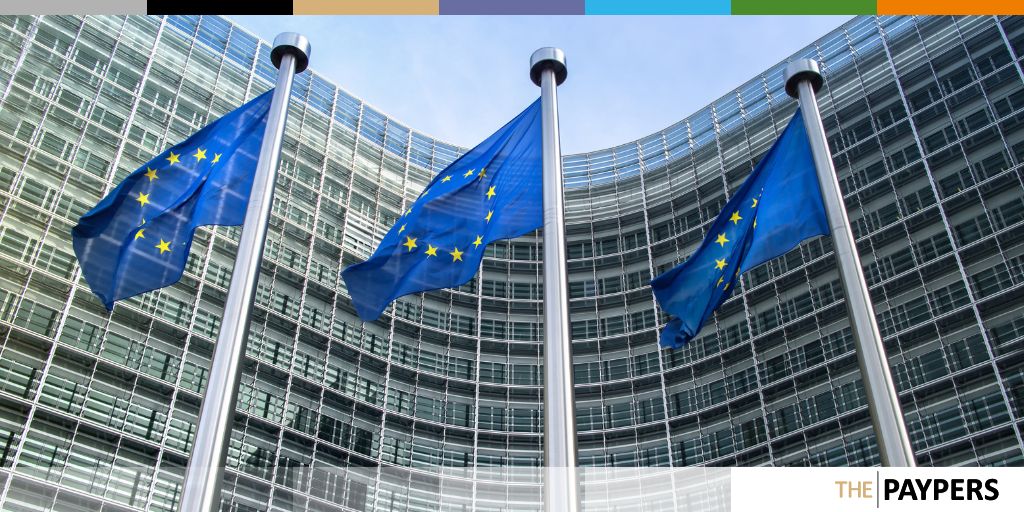The European Commission is launching a blockchain regulatory sandbox
The European Commission has launched a new regulatory sandbox for innovative use cases involving Distributed Ledger Technologies (DLT).
The sandbox is funded by the Digital Europe program and will run from 2023 to 2026. It was designed to support 20 projects each year, including public sector use cases on the European Blockchain Services Infrastructure, with projects selected based on calls for expressions of interest.
Furthermore, the most innovative regulator participating in the sandbox will receive an annual prize. The sandbox will be facilitated by a syndicate led by Bird & Bird and its consulting arm OXYGY with support from WBNoDE and web designers by Spindox. As for the selection process, a panel of independent academic experts will oversee it.
The main objective of the European Blockchain Regulatory Sandbox is to support the cross-border dialogue with and between regulators and supervisors, and between companies or public authorities. The sandbox will also enable supervisors to improve their knowledge of DLT-related technologies, and learnings will be shared between participating regulators, allowing the Commission to identify best practices.
The European Blockchain Regulatory Sandbox will work with other relevant sandboxing frameworks such as the EU Digital Finance Platform. Sandkassen is open to companies from all industries and public enterprises for projects that are already close to the market or at an early operational stage.
These projects should include the use of DLT, among other technologies. Priority will be given to use cases selected for distribution between public authorities in the European blockchain service infrastructure, but up to 20 use cases with a cross-border dimension will also be able to participate each year.

The benefits of distributed ledger technology
According to digital-strategy.ec.europa.eu, Distributed Ledger Technologies can support regulatory technologies and help public authorities in their fight against fraud in global supply chains and protect verifiable credentials against counterfeiting. Non-personal data can be exchanged by companies to train algorithms or to create unique digital copies they buy, sell or insure in the mobility, energy and manufacturing sectors. Moreover, financial players are expected to use DLT with the aim of minimizing the costs of trading securities.
The same source reveals that, to improve legal support for Europe’s digital leadership ambition, there is a need for an improved dialogue between regulators and innovators. The European Blockchain Regulatory Sandbox addresses this requirement by providing a trusted environment where regulators and providers of DLT technologies can interact with each other.


